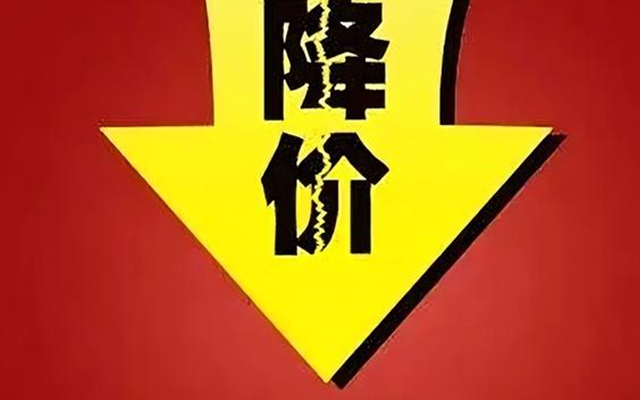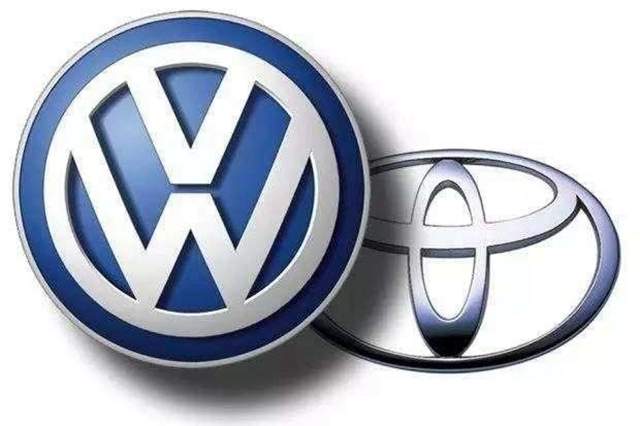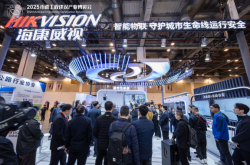Electric Vehicle Sales Decline Sparks Industry Anxiety: Aggressive Price Cuts Aim to Dominate Market
![]() 05/25 2025
05/25 2025
![]() 781
781
The latest data for the 20th week of 2025 paints a concerning picture for the electric vehicle (EV) industry. Sales of new energy vehicles fell by 3.6% month-on-month, with plug-in hybrid models, once seen as the growth engine, experiencing an even steeper decline of 14.4%. This downturn has sent shockwaves through the industry.

The EV industry has witnessed significant shifts since the end of last year. August 2024 marked a high point, with EVs capturing 54% of the domestic auto market. Amidst predictions of a fuel vehicle-free future, the industry seemed poised for dominance.
However, fuel vehicles staged a surprising comeback. By January 2025, their market share had rebounded to 58.5%, scoring a significant victory. This swift counterattack caught many EV companies off guard, revealing a resilience they had not anticipated.
In response, starting around March, leading EV manufacturers initiated a fresh round of price wars, driving down the cost of the cheapest EVs to unprecedented lows, below the 60,000 yuan mark. Yet, the impact of these price cuts appears limited. The top EV company's sales only reached approximately 380,000 units, far below last year's peak monthly sales of 500,000. Notably, under intense price competition, monthly sales have shown only marginal growth, fostering a sense of panic.

Of particular concern to the industry leader is the erosion of market share by emerging automakers. With a finite domestic market, every gain by a competitor translates into a loss for the leader.
The biggest threat comes from the second-largest EV company, a formidable traditional automaker. Recent data indicates that its sales have consistently surpassed 100,000 units per month. Compared to last year, when its sales were only about one-fifth of the leader's, it now accounts for over a quarter of the leader's sales. Coupled with fuel vehicle sales, the gap between the two is rapidly closing.
Moreover, the second-largest EV company's best-selling models have overtaken those of the leader, a significant blow as the leader had firmly held the top spot last year.

Another challenge stems from new energy vehicle enterprises. A company that launched only last year has achieved monthly sales exceeding 28,000 units with a single model. This model has soared to the top of EV sales and once topped the list of best-selling vehicles in the domestic market (including fuel and electric vehicles), capturing a significant portion of the market above 200,000 yuan.
In the face of these changes, leading EV companies recently announced aggressive price cuts across their entire model range, more substantial than those in March. This move underscores their intention to eliminate competition through price wars and solidify their market leadership.
They have the confidence to do so, backed by a complete industrial chain where most automotive parts, including batteries—the largest cost component in EVs—are produced in-house. This vertical integration grants them a significant cost advantage and pricing power.
In contrast, traditional automakers appear more cautious, recognizing market risks. A prominent automaker recently announced brand integration to reduce costs. Its executives warned of intensifying risks in the auto market, emphasizing cost reduction and efficiency enhancement as crucial for survival. With over 20 years in the industry, this company may have a keener sense of impending challenges.

Adding to the pressure, foreign automakers are also stepping up their game. Toyota and Volkswagen, the top two global automakers, have chosen to engage in the price war. With substantial profits from European and American markets, they can afford to compete aggressively in China. Notably, Toyota's profits rival the combined earnings of seven Chinese automakers.
As profit margins in the auto industry shrink to near-breaking point—industry-wide margins now hover around 4%—and most new energy vehicle enterprises still operate at a loss, the question arises: Who will emerge victorious in this fiercely competitive landscape?




